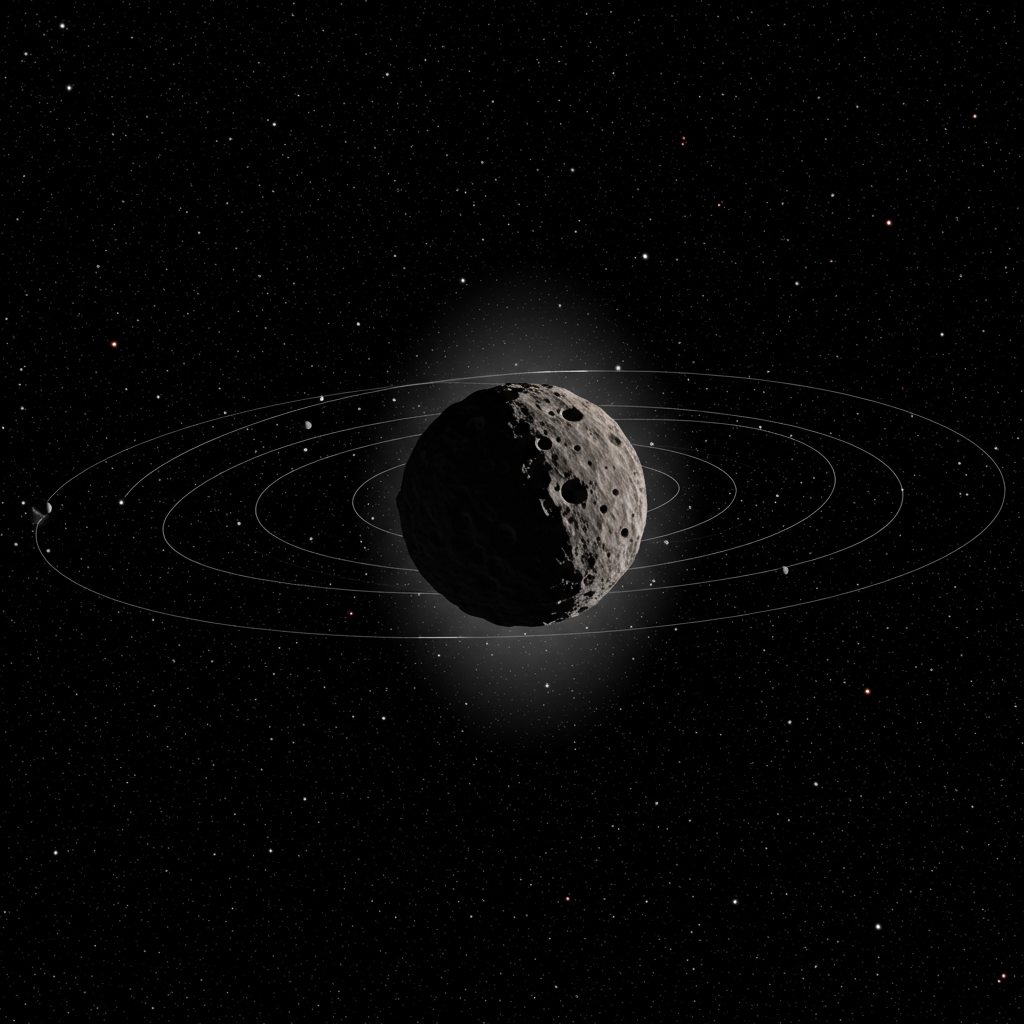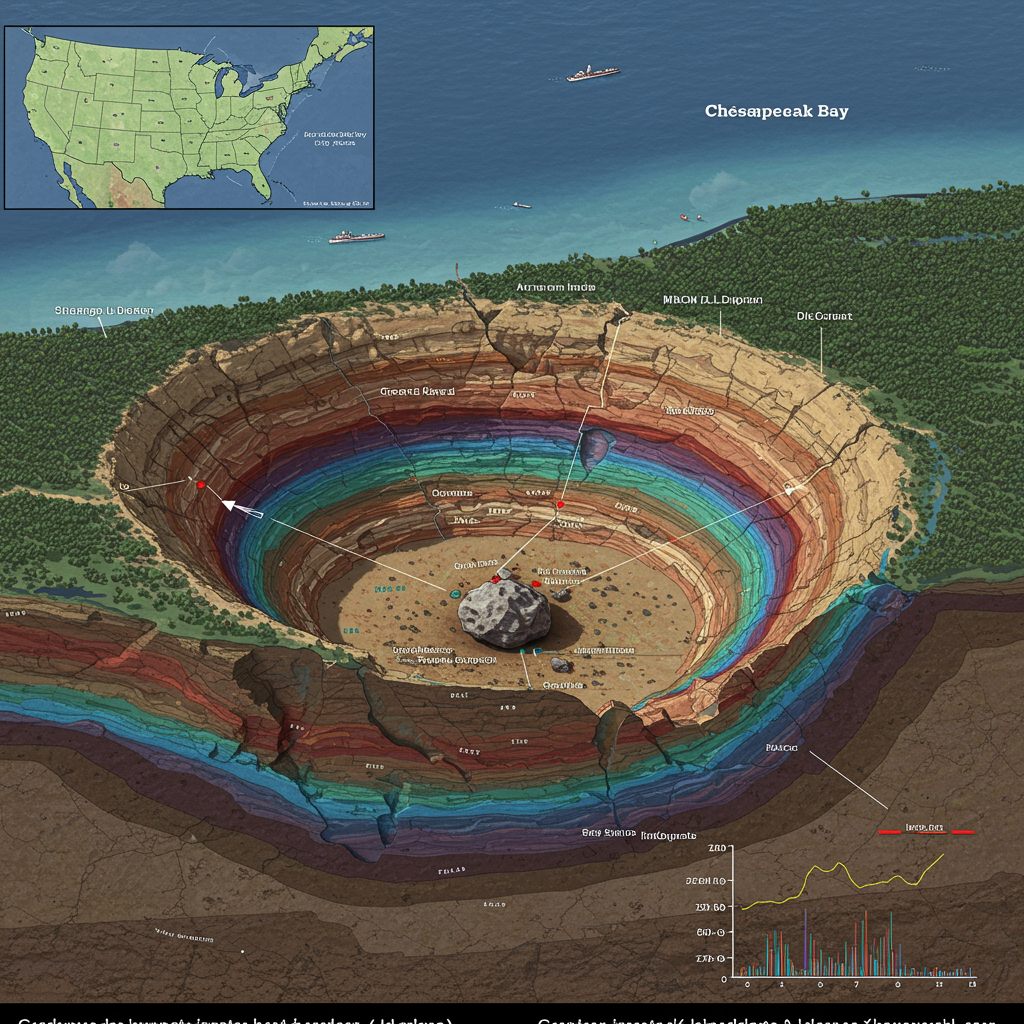Astronomers Solve Cosmic Mystery: Where is the Universe’s Missing Ordinary Matter?
For decades, one of cosmology’s most enduring mysteries has been the case of the “missing baryons.” Baryons, the building blocks of ordinary matter like protons and neutrons that make up stars, planets, and everything we see, were known to exist in a certain abundance based on observations of the early universe (like the cosmic microwave background). However, when astronomers tallied up all the baryonic matter they could find in the present-day universe – within galaxies, stars, and visible gas clouds – a significant portion, estimated to be at least half, seemed to be unaccounted for. This wasn’t the mystery of dark matter (the invisible stuff making up ~85% of the universe’s total mass), but a puzzle about the location of the ordinary, visible kind.
Scientists long hypothesized that this missing baryonic matter resided in the vast, diffuse spaces between galaxies, forming a “cosmic web” of hot, tenuous gas known as the Intergalactic Medium (IGM), and within the extended gaseous halos surrounding galaxies. This gas is incredibly difficult to detect directly because it’s so spread out and faint. Locating and characterizing this elusive material was crucial for understanding how structures like galaxies form and evolve, and for building a complete picture of the universe’s composition.
Fast Radio Bursts: Unlocking the Cosmic Web
A significant breakthrough has now confirmed this hypothesis, thanks to a relatively new cosmic phenomenon: Fast Radio Bursts (FRBs). These enigmatic signals are incredibly brief, powerful flashes of radio waves originating from distant galaxies. While their exact cause is still being studied, astronomers have quickly realized their potential as powerful probes of the material they pass through on their journey across billions of light-years.
As an FRB signal travels through the diffuse gas of the intergalactic medium, it interacts with the free electrons in the plasma. This interaction causes the radio waves to slow down, and critically, longer wavelengths are slowed more than shorter ones. This effect, known as dispersion, creates a characteristic delay in the arrival time of different frequencies within the burst. The amount of this delay, or the dispersion measure (DM), is directly proportional to the total number of electrons – and therefore, the amount of baryonic matter – along the path the FRB traveled.
By precisely measuring the dispersion measure of an FRB and knowing the distance to its host galaxy (through optical localization), astronomers can effectively “weigh” the otherwise invisible cosmic “fog” of gas between us and the source. Subtracting the known contributions from gas within our own Milky Way and the host galaxy itself allows researchers to isolate and measure the material in the intervening cosmic web.
The Study: Weighing the Intergalactic Gas
A new study, published in Nature Astronomy and led by scientists at the Harvard & Smithsonian Center for Astrophysics and Caltech, utilized data from a sample of 60 precisely localized FRBs. These bursts spanned a vast range of cosmic distances, from a relatively nearby 11 million light-years to a staggering 9 billion light-years away. This extensive dataset allowed the researchers to map the distribution and density of gas across enormous scales of the universe.
By analyzing the dispersion measures of these FRBs and carefully modeling the contributions from different cosmic environments, the team was able to “partition” the total amount of baryonic matter detected along each line of sight.
The Key Finding: The Missing Baryons Are Found!
The results provided a definitive answer to the long-standing puzzle: the majority of the universe’s missing baryonic matter is indeed located in the intergalactic medium and galaxy halos.
Specifically, the study found that:
Approximately 76% of baryonic matter resides in the vast, diffuse, and hot gas that makes up the intergalactic medium (IGM). This confirms the picture of a baryon-rich cosmic web.
Around 15% is found in the halos surrounding galaxies.
- Only a smaller fraction remains within galaxies themselves, in the form of stars, cold gas, and other visible components.
- Confirms the Cosmic Web: The findings directly support the theoretical model of the universe as a vast, interconnected network of matter, with galaxies clustered along filaments of diffuse gas.
- Galaxy Formation and Feedback: The high fraction of baryons found outside galaxies implies that astrophysical feedback processes – energy released by events like supernova explosions and supermassive black holes – are very efficient at expelling gas from galaxies and keeping it in the IGM. This mechanism acts like a “cosmic thermostat,” regulating star formation and the distribution of matter.
- Cosmological Tensions: The inferred strength of baryonic feedback suggested by this distribution may also help alleviate certain cosmological tensions, such as the ‘S8 tension’ related to discrepancies in measurements of the clustering of matter in the universe.
- www.nature.com
- www.universetoday.com
- <a href="https://www.spacedaily.com/reports/Acosmicmapemergesasastronomerstracemissingmattertointergalacticspace999.html”>www.spacedaily.com
- www.labrujulaverde.com
- www.sci.news
This distribution aligns remarkably well with predictions from advanced cosmological simulations, such as the IllustrisTNG suite, providing crucial observational confirmation of our theoretical models of the universe’s large-scale structure and composition.
Implications for Cosmology and Galaxy Evolution
Successfully locating the missing baryons has significant implications across several areas of astronomy and cosmology:
A New Era of Cosmic Exploration
This study represents a major triumph of modern astronomy and highlights the power of Fast Radio Bursts as a new tool for cosmological research. By acting as “cosmic flashlights” illuminating the space between galaxies, FRBs allow astronomers to directly probe the distribution of ordinary matter in ways previously impossible.
Looking ahead, the future of this field is exceptionally bright. Next-generation radio telescopes, such as the Deep Synoptic Array-2000 (DSA-2000) and the Canadian Hydrogen Observatory and Radio-transient Detector (CHORD), are expected to detect thousands more FRBs. This wealth of data will enable even more detailed mapping of the cosmic web, providing unprecedented insights into the structure, composition, and evolution of the universe. The era of using fleeting radio signals to map the unseen cosmic web has truly begun.




